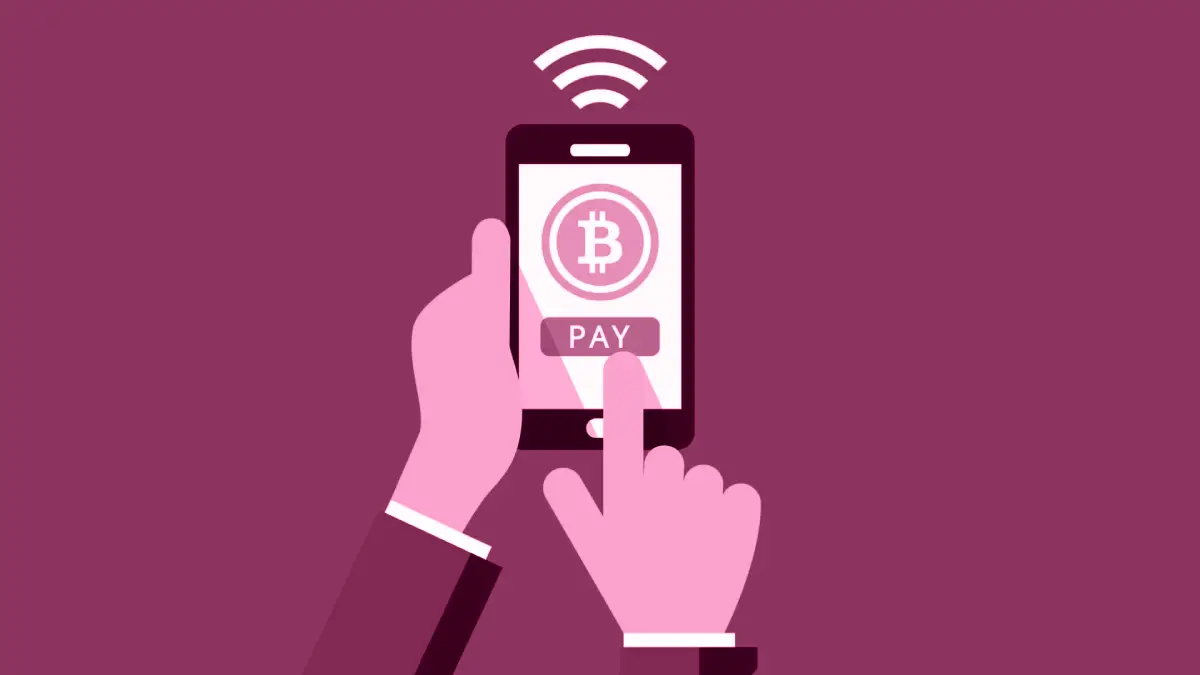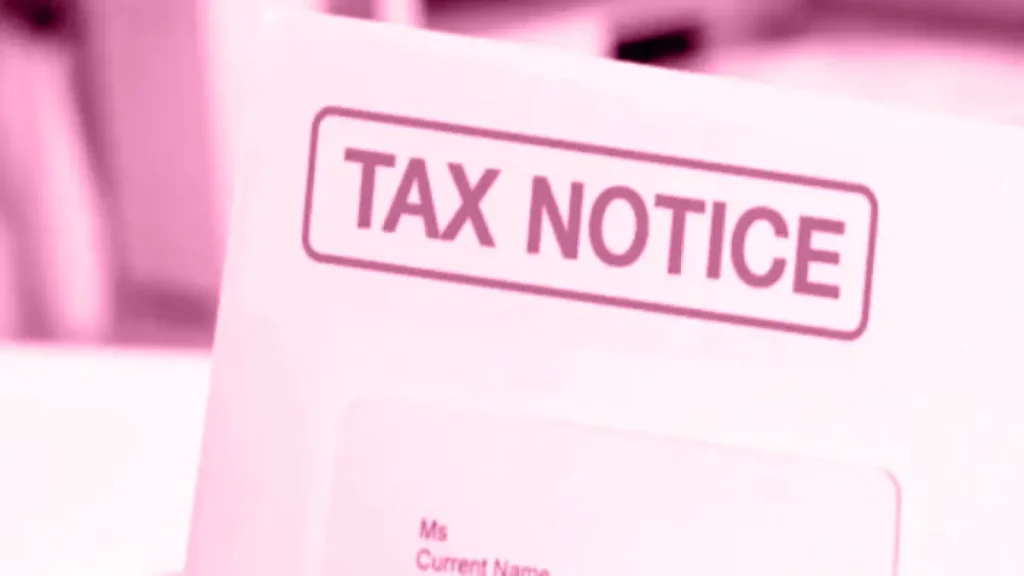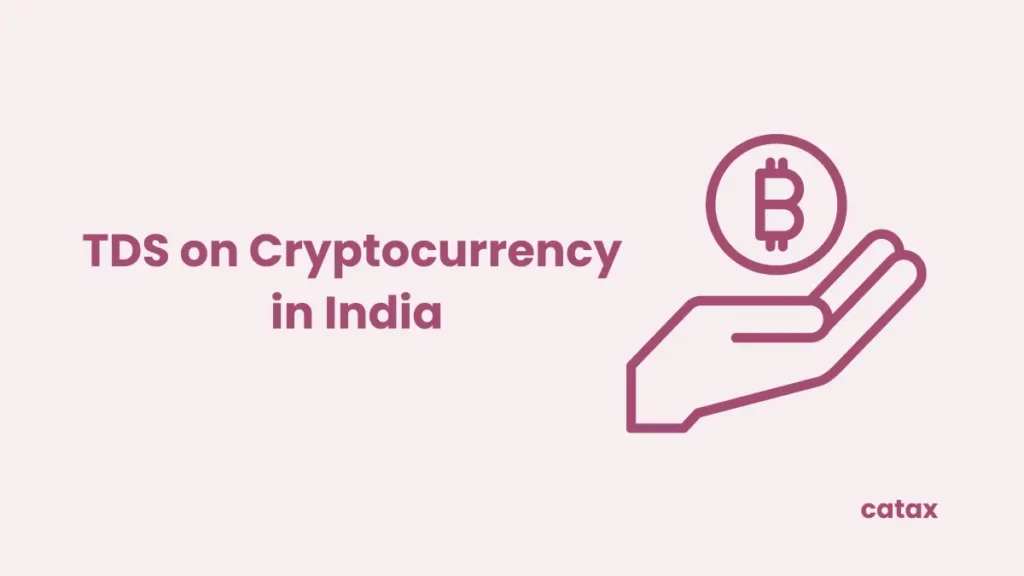In recent years, making payments with crypto has been a great innovation in the financial world. Transitioning from traditional currency transactions to digital currencies opens up a world of possibilities. Digital currencies, like Bitcoin and Ethereum, provide decentralization, security, and privacy. Additionally, they enable transactions without the part of brokers thereby lowering transaction costs. Businesses worldwide are recognizing the potential of crypto payments. Major companies like Microsoft, Overstock, and Shopify have already integrated crypto payment options, paving the way for general adoption. The convenience of crypto payments extends beyond borders. Whether you’re buying goods online or sending money abroad, crypto focuses on transactions with minimal hassle. In this article, we will dive more into the understanding of crypto payments and how to make payments with cryptocurrency.
Understanding Crypto Payments
Just as you can use dollars to make in-person and online buying, the introduction of cryptocurrencies has developed the extent of expenditures. Presently, a wide number of retailers, including both offline and online establishments, have begun to take payments in cryptocurrency. The range of cryptocurrencies that can be used shows the flexibility of crypto payments. Furthermore, a growing number of people are beginning to accept less popular cryptocurrencies, thereby growing the alternatives available to customers.
Moreover, the variety of payment methods supported by cryptos facilitates smooth transactions. The utilization of crypto debit cards, direct transfers, QR code scanning, and other methods all help in the ongoing growth of the accessibility and convenience of cryptocurrency payments. The growing versatility of this product grants customers a greater array of options when it comes to business and financial management.
How to make Crypto Payments?
Historically, the process of transferring a cryptocurrency required complex computer work and transaction programming. At present, the complex procedure of transferring and receiving cryptocurrencies has been simplified to an extent similar to utilizing a mobile application to transfer funds to and from a bank account. However, the payment with cryptocurrency is initiated as follows:
- To acquire a cryptocurrency, you don’t necessarily need an account with an institution. However, utilizing a regulated exchange provides convenience and security. Plus, reputable exchanges like Coinbase or Binance.US offer additional features and assistance.
- Once you’ve set up your exchange account and funded it, you’ll need a wallet to store your cryptocurrency. Wallets act as an interface for accessing your crypto and holding your private keys, which are essential for transactions. Wallets also have public keys, functioning like email addresses for sending and receiving payments.
- With hundreds of wallet options available, you can choose one that suits your needs. Many exchanges provide wallets for users, facilitating transfers and payments. Some wallets even offer features like QR code scanning for easy address creation and near-field communication for touchless payments.
- When sending a payment, you open your wallet app, enter the recipient’s address or QR code, and confirm the transaction. Conversely, you share your public key with the sender to receive a payment and confirm the acceptance of the payment once your wallet reflects it.
Nowadays, many businesses opt to use a crypto payment processor to facilitate crypto transactions. Examples of such processors include Coinbase Commerce, WooCommerce crypto payments, Bitpay Commerce, and even PayPal-introduced crypto payments. Furthermore, major players in e-commerce like Amazon are hinting at the integration of crypto payments soon. Additionally, several crypto exchanges offer crypto credit and debit cards such as Binance Card, Coinbase Visa Card, Nexo Crypto Credit Card, and Gemini Crypto Credit Card.
Where Cryptocurrencies can be used for payment?
Cryptocurrency is experiencing its initial stages of development, yet the range of places where it can be utilized for buying goods and services continues to expand. Typically, companies that embrace payments with cryptocurrency rely on crypto payment gateways. These gateways are payment service providers that ensure the conversion of cryptos to fiat currency at the moment of transaction, cutting down any potential price fluctuations.
Several companies either directly accept cryptocurrency, integrate it into their payment applications, or utilize third party service providers for crypto transactions. Some of those companies are:
- Starbucks via Bakkt
- Microsoft
- Paypal
- Overstock
- Newegg
- AMC Theatres
- AT&T via Bitpay
- Twitch
- Wikipedia via Bitpay
- Amazon via Purse.io
Benefits and Drawbacks of Payments with Cryptocurrency
The creation of cryptocurrencies has generated considerable attention and discussion within the domains of finance and technology. Cryptocurrencies, functioning as digital assets on decentralized networks, present a wide range of potential advantages and disadvantages regarding their application as a medium of exchange. Both companies and individuals must know these benefits and drawbacks to effectively guide the ever changing realm of digital payments. Let’s discuss some of the benefits and drawbacks of making payments with cryptocurrency.
Benefits:
- Anonymity – A cryptocurrency is anonymous because it is decentralized and does not require user information. This gives you the ability to manage your financial affairs unseen by authorities or individuals who might investigate for different motives. Still, some argue that the potential linking of one’s wallet address to their identity means cryptocurrencies do not fully ensure anonymity.
- Peer-to-Peer – Cryptocurrency operates on a peer to peer network, aiming to reduce the dependence on brokers. This means that individuals can directly send money to or receive it from others without the presence of financial institutions or other third party services.
- Fewer Fees – Numerous financial services impose fees on either the customer or the business entity during payment processing. However, the peer to peer structure of cryptos enables transactions with significantly reduced fees. This refers to lower costs for all users engaged in a transaction.
- Pay From Anywhere – Cryptocurrency enables you to conduct transactions or receive payments from anywhere as long as you have an internet connection.
- Available to everyone – A significant portion of the population lacks immediate access, and for some, any access at all, to conventional financial services such as banking facilities and loan options. Nevertheless, the general availability of internet connectivity, particularly through mobile devices, has become ubiquitous. This accessibility enables individuals to engage in various financial activities, including making and getting payments, obtaining or extending loans, and accessing other financial services from virtually anywhere they may be located.
Drawbacks:
- Transaction fees – While crypto transactions generally incur fewer fees than traditional methods, users still need to pay transaction fees to the cryptocurrency network. These fees in the past have been less, but they’ve seen an upward trend. For instance, at a certain point in time, a single Bitcoin transaction fee went above $51, although it has reduced to range between $1 and $2. Although this reduction represents progress, the fees remain relatively high compared to earlier levels.
- Price Volatility – Because the prices of cryptocurrencies can fluctuate substantially, their value can also change suddenly. The price of an item you bought with cryptocurrency may decline before the transaction is confirmed, leaving you short of funds. On the other hand, if costs increase throughout this period, you may find yourself sending more than what is necessary. The presence of volatility introduces price fluctuations to impact transaction costs.
- Not Regulated – Another characteristic of cryptocurrencies is their lack of regulation, backing, or guarantee. This implies that there’s no safety net in place if you fall victim to scams or if the exchange stops operation. In general, you bear the responsibility and risk of managing your crypto investments and transactions.
- Not Reversible – Once the blockchain has finalized and recorded a transaction of cryptocurrencies, it becomes irreversible. It is not possible to undo the transaction. The sole course of action in the case of an error or mistake is for the person who received it to voluntarily return the outstanding amount through an independent transaction.
- Risk Of Loss – Similar to traditional currencies, the risk of losing cryptocurrency exists. You hold the responsibility for safeguarding your private keys, which grant access to your funds. Moreover, holding onto cryptocurrency exposes you to the possibility of financial loss if market prices decline.
Tax Implications on Payments with Crypto
The bad news is that crypto payments are not taxed in the same way as Rupee payments or dollar payments. The Income Tax Department of India, the IRS, and tax authorities around the world consider crypto payments to be the sale of an asset. Consequently, any kind of profit may be subject to capital gains tax.
You may be wondering how it is possible to make a profit by paying with cryptocurrency. Consider the following:
The IRS treats the use of cryptocurrencies as if they were being changed into fiat currency. Payment gateways perform this conversion for you frequently. For instance, when you use crypto on a credit card or through PayPal, your crypto is exchanged for fiat currency, such as USD, which is then applied to the payment.
In this context, “profit” relates to the growth in the value of the crypto from when it was bought to the day it was sold. Profiting from an increase in the value of your crypto includes paying Capital Gains Tax. Loss of both interest and principal may not be taxable, but it can help reduce your overall tax liability. However, If you live in India there is no such set-off for losses against profits.
How Catax can help
If you are someone who is making payments from cryptocurrency regularly, then you need to record all the transactions you are doing. The government monitors all your transactions, whether you live in India or outside India. And to be safe from crypto tax notices or any penalties you have to calculate each and every transaction you do to find out whether you are in profit or loss.
Fortunately, Catax is here to help you. Catax is an automated crypto tax software that will help you calculate your crypto taxes. Catax provides accurate and detailed crypto tax reports which will help you in filing your Income Tax Returns. No matter which country you are from, Catax can be used by any individual. All you need to do is sync the wallets and exchanges you use via API or by importing a CSV file, and Catax will do the rest. After entering your crypto transaction data into Catax, you can access the tax reports page to view your tax summary and obtain your pre-filled tax report. Catax provides a wide variety of tax reports that vary from country to country.
Explore :
FAQs on How to Make Payments with Cryptocurrency
Crypto payments are transactions using digital currencies like Bitcoin and Ethereum, offering decentralization, security, and lower costs without traditional banking systems.
Integrating crypto payments allows companies to lower transaction costs, attract a global customer base, and offer privacy and security in transactions.
To make a crypto payment, you need a digital wallet and a receiver’s address or QR code. You can make payments directly or use crypto payment processors for easier transactions.
A growing number of online and offline customers, major companies, and services worldwide can use cryptos, often through crypto payment gateways.
The benefits include anonymity, peer to peer transactions with fewer fees, the ability to pay from anywhere, and access to financial services without traditional banking.
Drawbacks include transaction fees, price volatility, lack of regulation, irreversible transactions, and the risk of loss.
The jurisdiction and the specific tax laws that may treat crypto payments as the sale of an asset, subjecting profits to capital gains tax.



